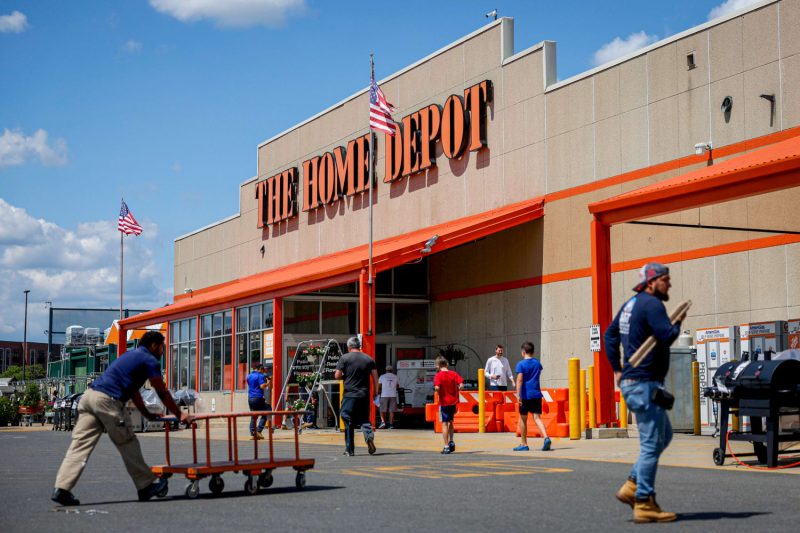The recent announcement by Home Depot indicating an expectation for weakened sales as consumers turn more cautious could mark a significant shift in the retail landscape. This change comes amidst a host of economic uncertainties and shifting consumer behaviors that have rippled through various sectors in recent times. The impact of these factors on the home improvement giant can provide valuable insights into broader market trends and consumer sentiments.
One key driver behind Home Depot’s cautious sales outlook is the evolving nature of consumer behavior. As economic conditions remain uncertain and volatile, consumers are becoming more vigilant in their spending habits. The proliferation of online shopping and changing shopping preferences have also played a role in this shift. With the convenience of e-commerce and a plethora of options available at their fingertips, consumers have grown increasingly discerning and selective in their purchasing decisions.
Moreover, the current macroeconomic environment characterized by inflationary pressures and supply chain disruptions has added another layer of complexity. Rising prices across various product categories have put a strain on consumers’ purchasing power, leading them to reevaluate their spending priorities. This inflationary backdrop has forced retailers, including Home Depot, to navigate a delicate balancing act between maintaining profitability and managing customer expectations.
Another factor contributing to Home Depot’s anticipated sales slowdown is the changing dynamics of the housing market. The recent surge in home prices and mortgage rates has dampened the pace of real estate transactions, impacting demand for home improvement products and services. As a result, the company is likely to face headwinds in its core business segments, such as building materials, appliances, and home décor.
In response to these challenges, Home Depot has outlined a strategic plan to adapt to the evolving market conditions. The company aims to focus on enhancing its online capabilities, optimizing its supply chain, and investing in customer experience initiatives to drive long-term growth and sustain its competitive edge. By prioritizing digital transformation and operational efficiencies, Home Depot seeks to better align its business operations with shifting consumer preferences and market dynamics.
Despite the near-term sales headwinds facing Home Depot, the company remains well-positioned to weather the storm and capitalize on emerging opportunities. By leveraging its strong brand reputation, extensive store network, and robust financial position, Home Depot can navigate the current challenges and emerge stronger in the post-pandemic marketplace. Innovations in product offerings, customer engagement strategies, and operational excellence will be crucial for the company to stay ahead of the curve and meet the evolving needs of consumers in a rapidly changing retail landscape.

